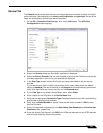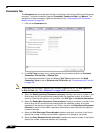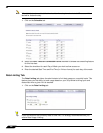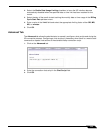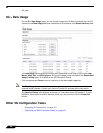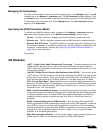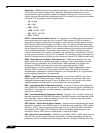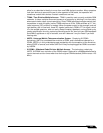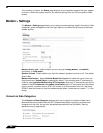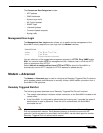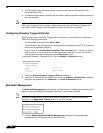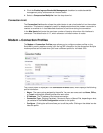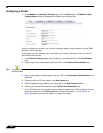
3G
453
SonicOS 5.8.1 Administrator Guide
allow for a subscriber's identity to move from one GSM device to another. Many operators
lock their devices to prevent the use of other operator's SIM cards, but operators will
sometimes unlock their devices if certain conditions are met.
• TDMA - Time Division Multiple Access - TDMA is used by most currently available GSM
networks. It allows multiple concurrent access to a frequency by dividing it into time-slots,
where each station takes turns transmitting. Since TDMA based technologies switch their
transmitters on and off rapidly (native TDMA switches at 50 Hz, GSM switches at 217 Hz),
radio frequency (RF) pollution is created. When the power output is high enough (such as
right before a call is received), these RF signals (particularly GSM's 217 Hz signal, which
is in the audible spectrum, even on really cheap computer speakers) can be picked up by
nearby amplification circuitry, producing a buzzing sound. So, don't put your GSM equipped
SonicWALL appliance on top of a stereo, and don't balance it on your head if you wear
hearing aids.
• UMTS - Universal Mobile Telecommunication System - Employing W-CDMA
technology, UMTS is considered the evolution of GSM, and is sometimes referred to a
3GSM. UMTS is in fairly wide deployment worldwide, with the exception of the Americas,
where EDGE is favored, and where UMTS will likely be leapfrogged as GSM's successor
by HSDPA.
• W-CDMA - Wideband Code Division Multiple Access - The technology underlying
UMTS, W-CDMA is an evolution of the GSM protocol. Referred to a Wideband because its
carrier channels are four times wider than then original CDMA standard (5 MHz versus 1.25
MHz).



